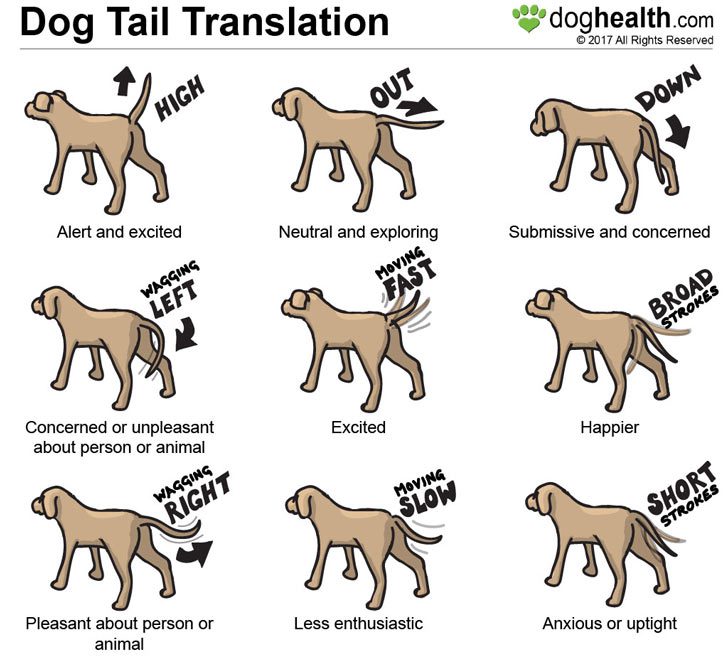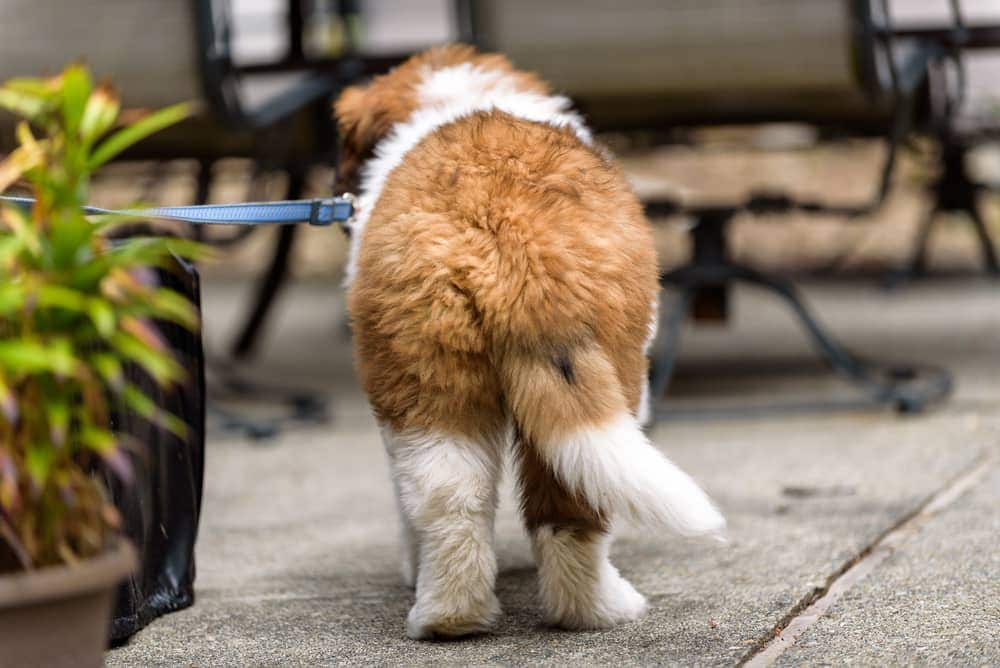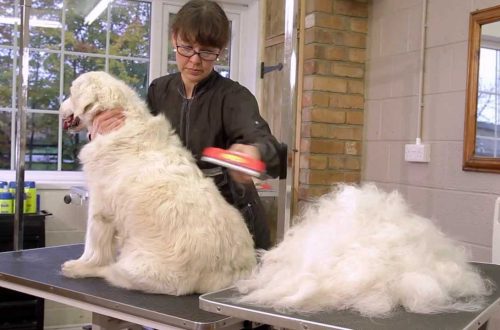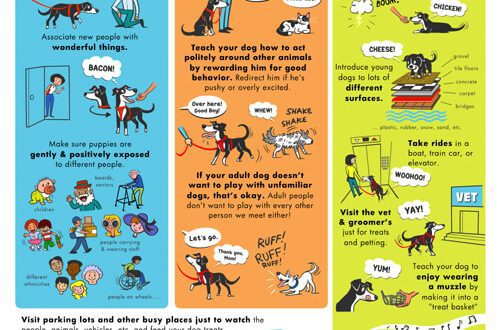
The signals that the dog gives with his tail: what they mean
You can tell a lot about your pet from the signals it makes with its tail. Is the dog wagging its tail or tapping it on the carpet? Know she feels great. Do you know that ominous feeling when you enter the door and see that this tail is tucked in? This tells you that while you were gone, something was destroyed by your bored puppy. Whether you consider yourself an expert on wagging or still learning how to decipher the language of a dog’s tail, you will learn more about how your pet communicates below.

Contents
Signal Recognition: A Guide to Dog Tail Language
The dog’s tail was originally developed to help it maintain balance, much like a tightrope walker’s stick. It acts as a counterbalance to the front of the body when the dog turns at high speed while hunting and helps it not fall off narrow surfaces while walking.
Now that dog hunting typically involves finding the last bit of food pellet that has fallen behind a bowl, this wagging tail is mostly considered a means of communication. According to the Canine Shelter Center at Tufts University’s Cummings School of Veterinary Medicine, there are five key things a dog’s tail position can tell you.
- Circular motion. The one whose tail moves back and forth or in a circle is one of the happiest and most relaxed puppies.
- Dropped or tucked tail. A fearful or submissive dog will often drop or tuck its tail between its hind legs.
- Tightly wagging tail. An excited dog may wag its tail tensely, jumping, spinning, or trying to grab its thigh in the air. The reason for her agitated state can be a positive source, such as an upcoming walk, or a negative one, such as a frightening stranger.
- The dog keeps the tail horizontal. If the pet keeps the tail straight, this indicates that she is focused and alert, or perhaps something nearby interested her. Traditional hunting dog breeds, such as pointers or setters, hold their tails straight when pointing at an animal or object.
- Sharply raised tail. When a dog changes its tail from low to upright or up, it may indicate that it is aggressive.
Dealing with swing speed
The journal Psychology Today reports that the speed of a wagging dog’s tail can also indicate the mood of its wearer.
- Fast wobbling. A short wave is usually seen during a greeting when the dog is feeling insecure.
- Wide, sweeping movement of the tail. This is an indicator of the friendliness of a dog that does not threaten anyone.
- Slow, reluctant wobbling. This may indicate that the animal is anxious. Other signs of anxiety include avoiding eye contact, refusing to eat, or ignoring what is happening around him.
- Barely perceptible, very fast swing. A tail that moves in short, vibrating jerks may be a sign that the dog is about to run or fight. Carefully!

Dog tail language barriers
Some pets wag long, expressive tails, but what about dogs with small, stub tails or no tails at all? In the journal Psychology Today, they write that because of the truncated tail, it becomes more difficult for animals to communicate with their owners and other dogs. An experimental study of more than 400 dogs greeting each other off-leash in a dog park found a higher number of incidents of aggressive behavior involving short-tailed pets. This doesn’t mean that your Corgi will, by definition, get into more fights than your mixed breed Shepherd, but it’s worth looking into. Overall, the study found that only 12 percent of dog park incidents resulted in some form of aggression. This is a sign that communication between dogs has a fairly high success rate.
What is the tail talking about? Dog tail signals help puppies communicate not only with us, but also with other dogs. Understanding how a dog uses its tail can go a long way in helping you figure out how your pet is feeling.





